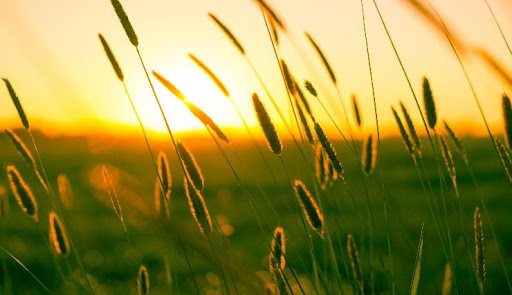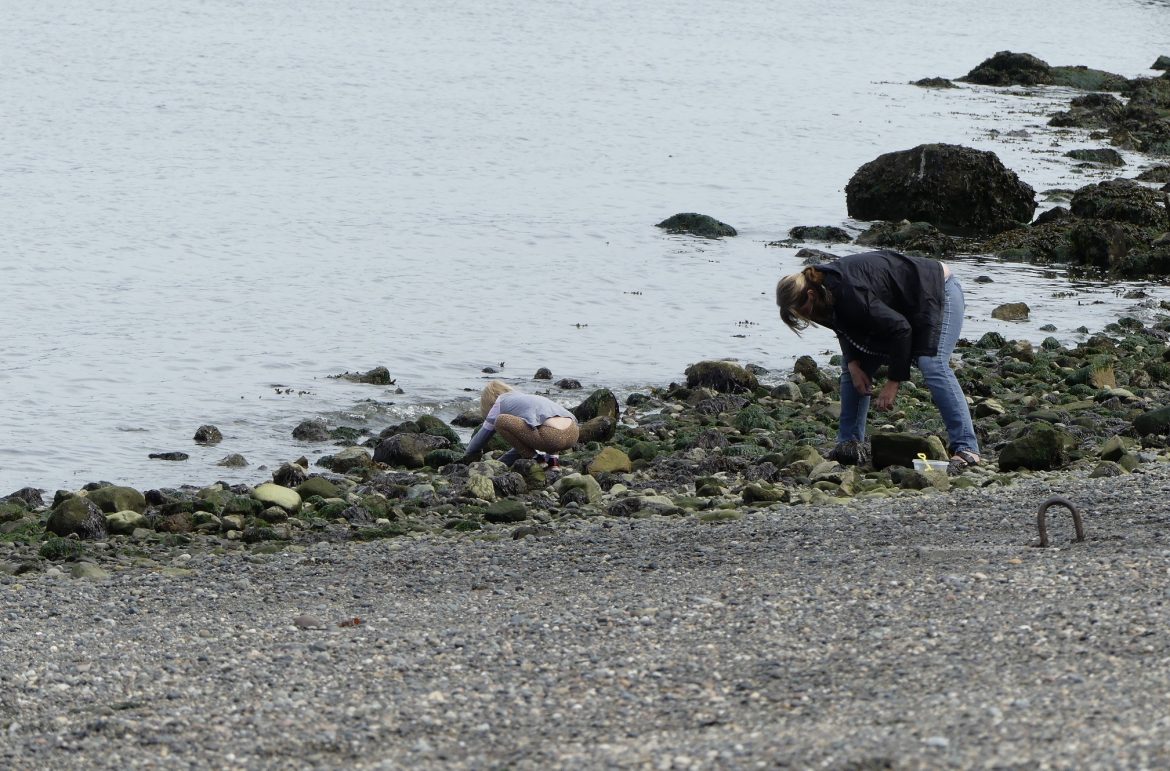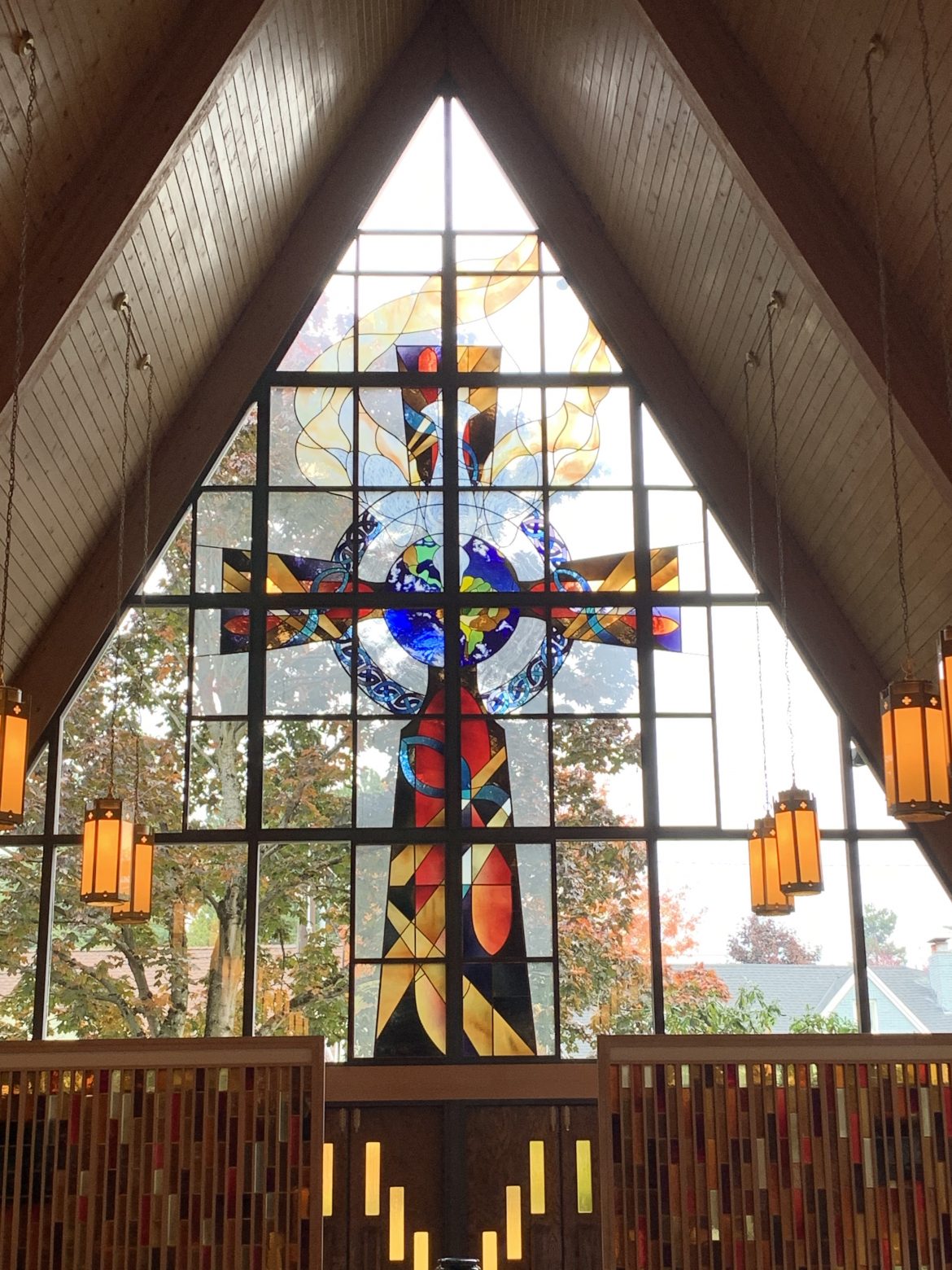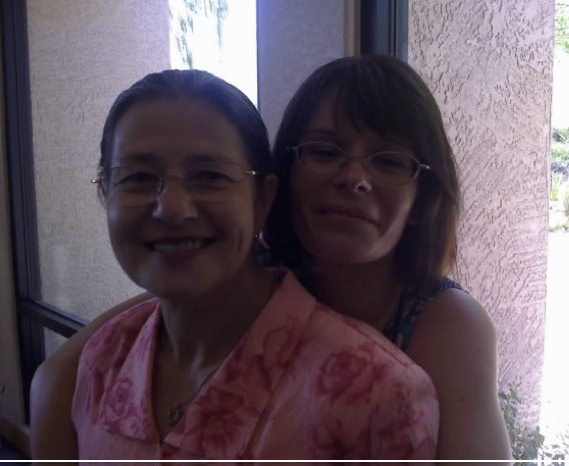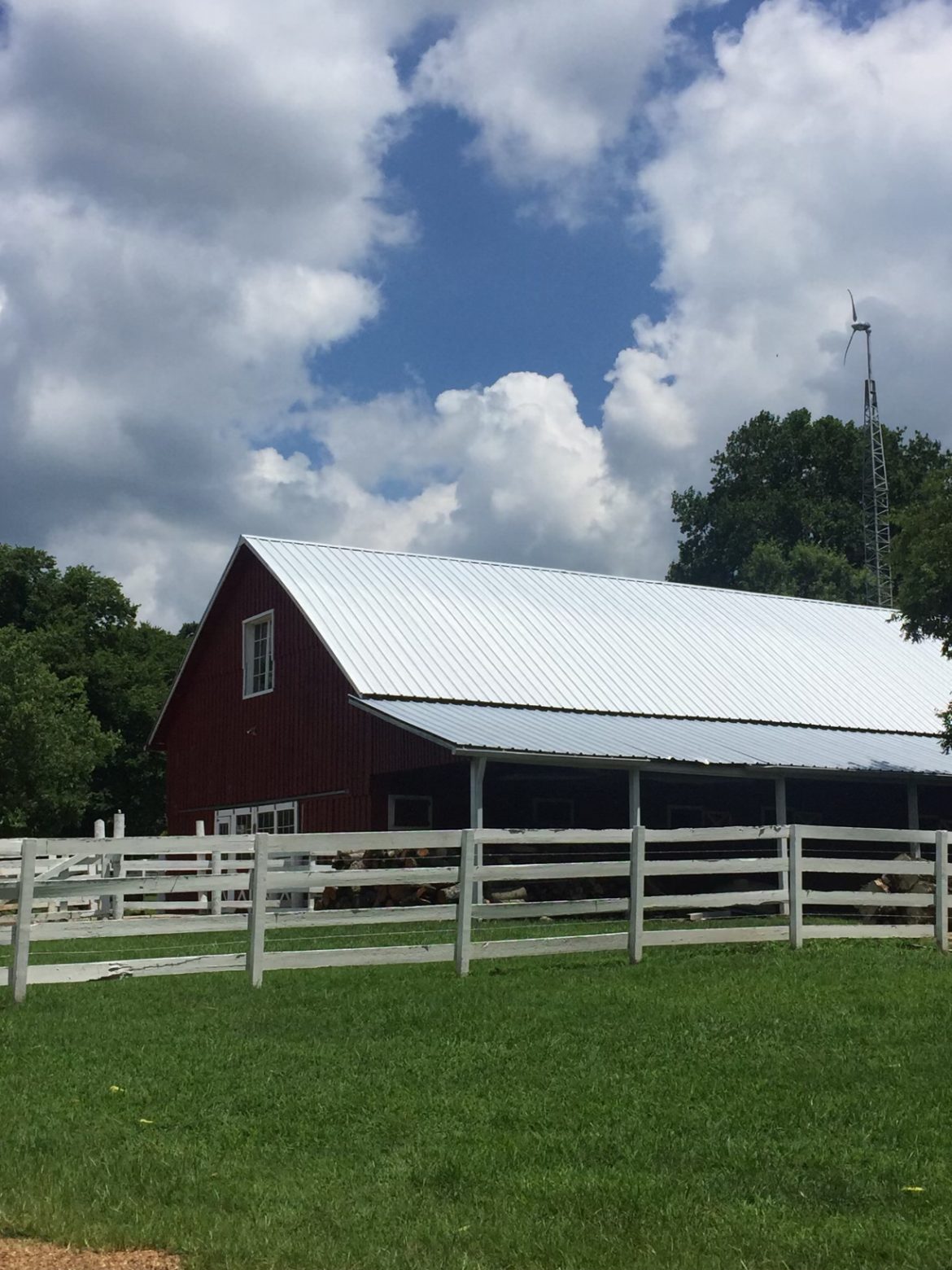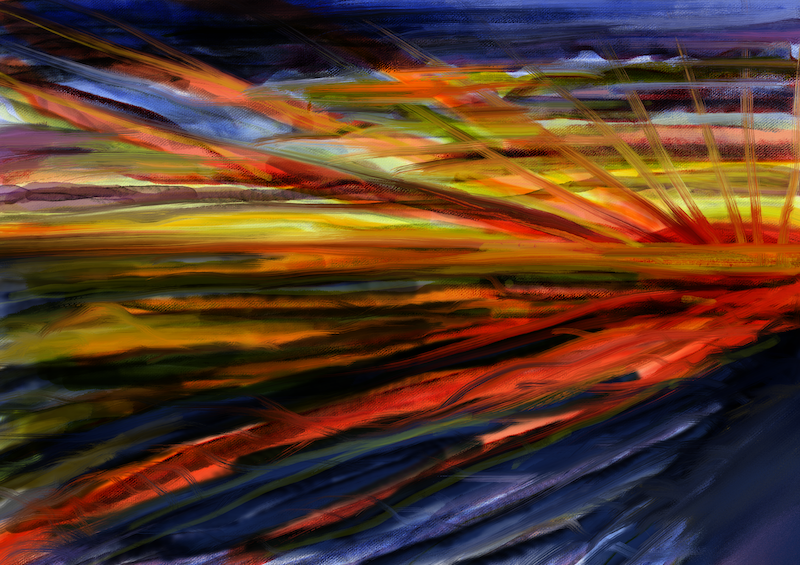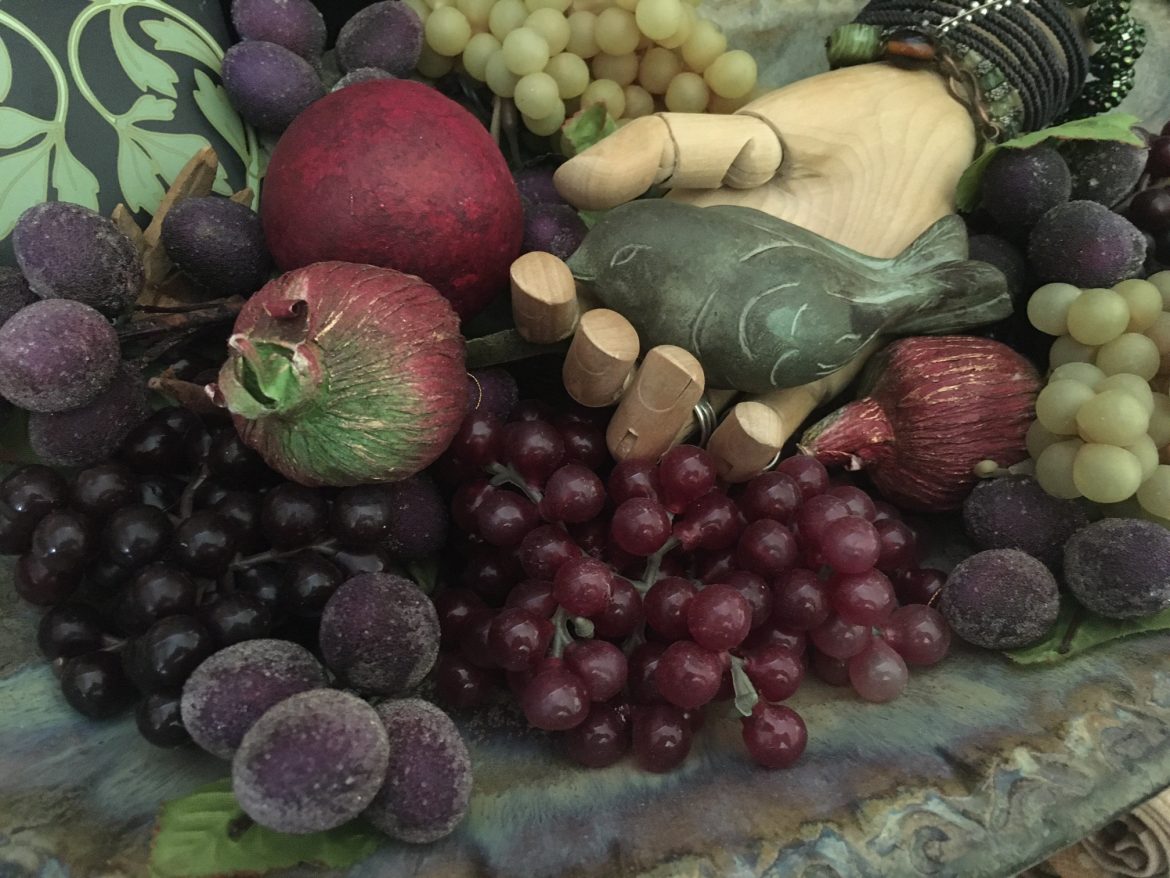by guest Margery Tate via Carol Dixon
Summer Song
Summer suns are glowing …
Prayer
Loving God, we praise you for this beautiful season of summer.
We praise you for the gift of this day and for the beauty all around us.
We praise you for buttercups and wildflowers in the meadows, sparkling streams and blue skies.
We praise you loving God for summer.
Thoughts of summer…
“Spring flew swiftly by, and summer came; and if the village had been beautiful at first, it was now in the full glow and luxuriance of its richness. The great trees, which had looked shrunken and bare in the earlier months, had now burst into strong life and health; and stretching forth their green arms over the thirsty ground, converted open and naked spots into choice nooks, where was a deep and pleasant shade from which to look upon the wide prospect, steeped in sunshine, which lay stretched out beyond. The earth had donned her mantle of brightest green; and shed her richest perfumes abroad. It was the prime and vigour of the year; all things were glad and flourishing.” Charles Dickens, Oliver Twist
“Summer gathered in the weather, the wind had the proper touch, the breathing of the world was long and warm and slow. You had only to rise, lean from your window, and know that this was the first real time of freedom and living; this was the first morning of summer.” Ray Bradbury
Hymn – Morning Has Broken (Words: Eleanor Farjeon; Music: Bunessan – Scottish melody)
 “Consider the lilies of the field, they toil not neither do they spin, yet Solomon in all his glory was not arrayed like one of these.” Luke 12 v 27
“Consider the lilies of the field, they toil not neither do they spin, yet Solomon in all his glory was not arrayed like one of these.” Luke 12 v 27
“If God cares so wonderfully for flowers that are here today and gone tomorrow won’t he more surely care for you?”
Guided meditation in a summer meadow
Picture yourself in a beautiful summer meadow, surrounded by wildflowers, you can hear birds a little way off and you know that you are completely safe.
You can feel the warmth of the sun on your face and body. Just lie here for a moment and enjoy this wonderful place of peace and calm. Notice the scent of grass and flower. Hear the gentle hum of insects and bees. Feel the texture of the grass. As you lie gently on the soft grass and feel supported by the earth and warmed by the sun, know that you have everything you need.
Be still in God’s presence
Companions Prayer (by Brother Lawrence)
O God here we are all devoted to you, make us according to your heart.
In Christ make us one that the world may believe, mould us according to your heart.
Name your friends and family and picture them sitting in the summer meadow and Jesus speaking his words of wisdom and comfort….
Pray for our fellow Godspacelight writers… giving thanks for the spiritual substance they bring in their varied reflections….
Prayer for others…
Pray for those for whom summer hasn’t come and whose days are hard and living a constant struggle. Picture Jesus, coming to each of them, to enfold them in his love.
Call to mind scenes of devastation then, recall the scene from the Chronicles of Narnia, when Aslan flies over the frozen earth and as he passes, life springs up anew in all its wonder and beauty.
Give thanks to God who says I make all things new.
Thoughts of Brother Lawrence Day 21
“There is not in the world a way of life more sweet nor more delightful than continual converse with God.”
Hymn – In Heavenly Love Abiding
1 In heavenly love abiding,
no change my heart shall fear;
and safe is such confiding,
for nothing changes here:
the storm may roar without me,
my heart may low be laid;
but God is round about me,
and can I be dismayed?
2 Wherever he may guide me,
no want shall turn me back;
my shepherd is beside me,
and nothing can I lack:
his wisdom ever waketh,
his sight is never dim;
he knows the way he taketh,
and I will walk with him.
3 Green pastures are before me,
which yet I have not seen;
bright skies will soon be o’er me,
where the dark clouds have been:
my hope I cannot measure,
my path to life is free;
my Saviour has my treasure,
and he will walk with me.
– Anna Laetitia Waring (1823-1910) 7 6 7 6 D
As an Amazon Associate I receive a small amount for purchases made through appropriate links. Thank you for supporting Godspace in this way.
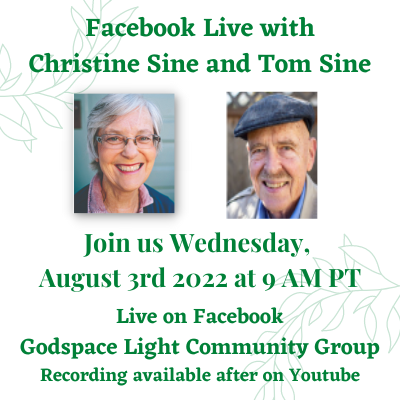 FB Live!
FB Live!
Join Christine Sine and Tom Sine for a lively discussion on Hospitality as the doorway to the kingdom – Wednesday August 3rd at 9 am PT. Happening live in the Godspace Light Community Group on Facebook – but if you can’t catch the live discussion, you can catch up later on YouTube!
As many of you already know Tom and I celebrated our 30th wedding anniversary a couple of weeks ago and last week were able to go away to Anacortes for several days. It is only 1 1/2 hours from Seattle but it is a perfect sanctuary, a place we have retreated to regularly for the last 20 years. Our latest hideaway place is right on the bluff looking over the Salish Sea, a perfect place to watch the changing patterns of sun and sea. This time we took a much longer break, with our dog Goldie of course, and so I did not have time to write my usual Meditation Monday, so I decided to re-post about one of my favourite getaway by the sea pastimes – beach combing.
————————————————————————————————————————-
When I walk the seashore, I meet in that one sacred space, both the immanent and the transcendent God. The ocean stretches out as far as my eye can see, and way beyond, just as the sense of the divine lies far beyond any human understanding. And yet that same ocean laps at my feet and deposits all kinds of very ordinary objects on the shore for me to discover as I do my beachcombing – objects that may have stories to tell me about who I am and who God is for me, and how our realities embrace in this ordinary-extraordinary space where the water meets the land. (Landscapes of Prayer: Finding God in Your World and Your Life – Margaret Silf (24,25)
Tom and I have just returned from one of our quarterly prayer retreats. One of the things I always like to do on these retreats is to take a book with me to help me focus and Margaret Silf’s delightful book Landscapes of Prayer was my choice for this retreat. As I sat on the beach after a beachcombing forage along the pebbled sand, I read the quote above. It is followed by the story of Jesus making breakfast on the beach for his friends and in her narrative she likens this to a beach BBQ where the aroma wafts across the shore to them inviting them to breakfast and a new beginning.
She suggests that beachcombing is a wonderful way to pray and adapts the Prayer of Examen to fit into this context but as I sat there on Friday holding my very ordinary treasures of rocks and shells, I found myself wanting to create my own process of discernment so I have adapted her questions and added some of my own. Here are the questions and reflections that came to me that you might like to adapt for your own use. They became even more important for me when I created a Beach Coming Meditation Garden a couple of years ago and so I talk about them in my newest book Digging Deeper
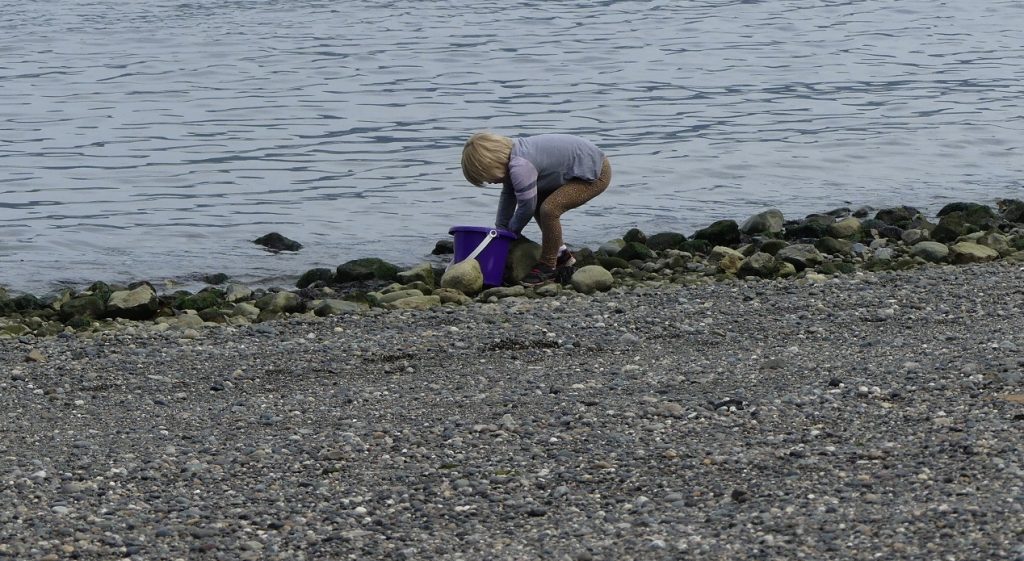
Beachcombing
Beachcombing As Discernment
- What treasures have you discovered in the ordinary landscape of the last few months that caught your attention with delight and joy, bringing you new life as they connected you to God, to yourself and to others? For me the gifts of wonder that have been birthed come to mind – first my book The Gift of Wonder now three years old, but also the gifts of grandkids in Australia and adopted grandkids Texas that are special gifts of wonder for me. These are the treasures that have transformed what could have been very ordinary time into extraordinary, shaping both my faith and life in unexpected and precious ways.
- Who or what has nourished and enriched your life helping you to find new depths of faith, healing the hurts that still shape you? My husband Tom’s supportiveness and encouragement is the most sustaining and wonderful gift that has built my confidence as I stretch myself beyond my comfort zones. As well as that the garden, both its beauty and its productivity nourish my spirit and my soul relaxing and growing not just me but all who enter it.
- What are the waves that lap at the boundaries of your life sometimes gently bringing rest and calm from stress ago other times crashing like storm waves with tumult and destruction to your well-ordered plans? My contemplative practices and my breathing prayers are the gentle waves that calm my soul and nourish my spirit helping me to relax and also find relief from the facial pain that still plagues me. The waves that crash like storm waves are the stories of those at the margins – refugees, houseless people; migrants at the border; LBGTQ community all rejected because of their “risky” lifestyles and poverty-filled deprived lives. Yet I realize as I think about this that it is these storm waves, not the gentle ones that both uncover and deposit new treasures – maybe new understanding, deeper compassion and generosity’ stronger cries for justice welling up from within.
- As you look back over your beach today have you left a trail of footprints that need to be washed away by the loving presence of God – things you wish you had handled differently that have left you with regrets, guilt, anxiety? I always feel that I should be doing more than I am – speaking out more strongly for justice or being more generous and compassionate. This can paralyze me and immobile me. I sit this morning watching as the cleansing flow of the rising tide washes away these regrets and feelings of guilt and I feel refreshed and made new again.
-
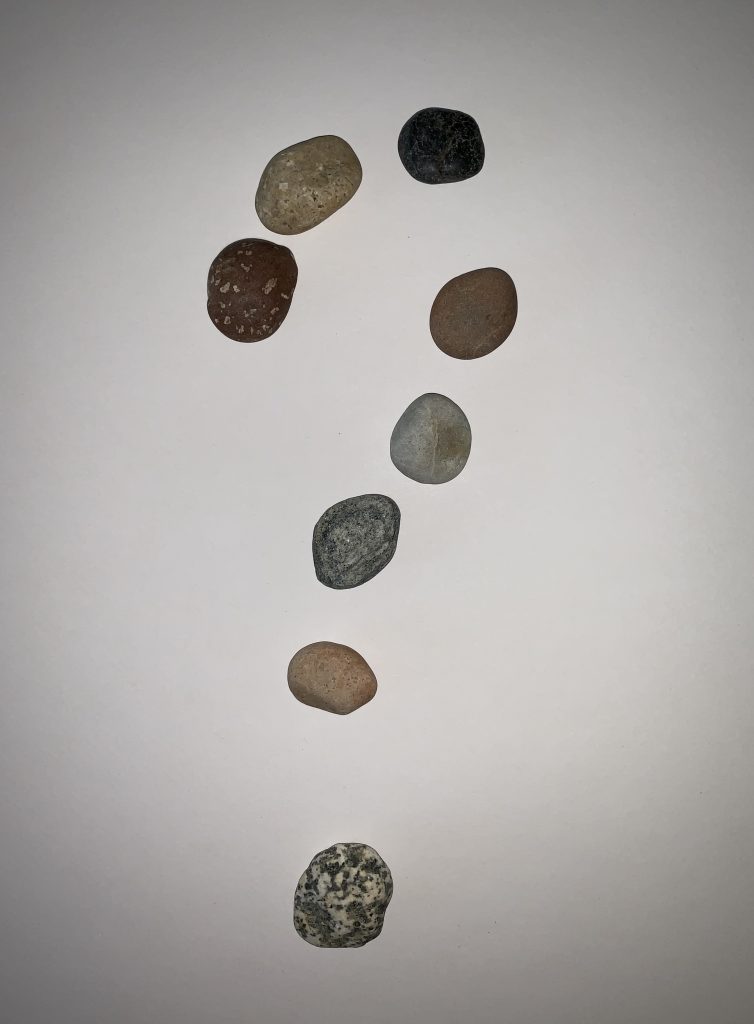
Pebble question mark
As you bring your prayer to a close gather up your treasures. How will you display them for future remembrances or where will you store them? As I look at my collection I wonder what new creative practices they could stir within me. I hold the rocks in my hand – an ordinary collection of different colored stones – I shape them first into a question mark and then into a circle reminded that questions help bring wholeness and completeness. When I get home they will be shaped into a more permanent remembrance for me, how about you?
Now as I look to the future I wonder what does God want me to learn from my beachcombing experience that will help shape the months to come? First I realize the importance of my contemplative and creative practices. I need to make are that I protect the time that I dedicate to these every day, no matter how busy I get. Second I need to protect the relational time Tom and I have together and not allow my vocation and travel to distract me from this. Third I must not be too hard on myself when I fell I have messed up, remembering that God forgives no matter what mistakes I make. Discernment comes in many shapes and forms I realize. Usually I expect to come out of a time like this with clearly defined goals, but on this retreat I have also learned the need to relax and allow the waves to shape who I am becoming, even if there are no clear goals that come out of the process.
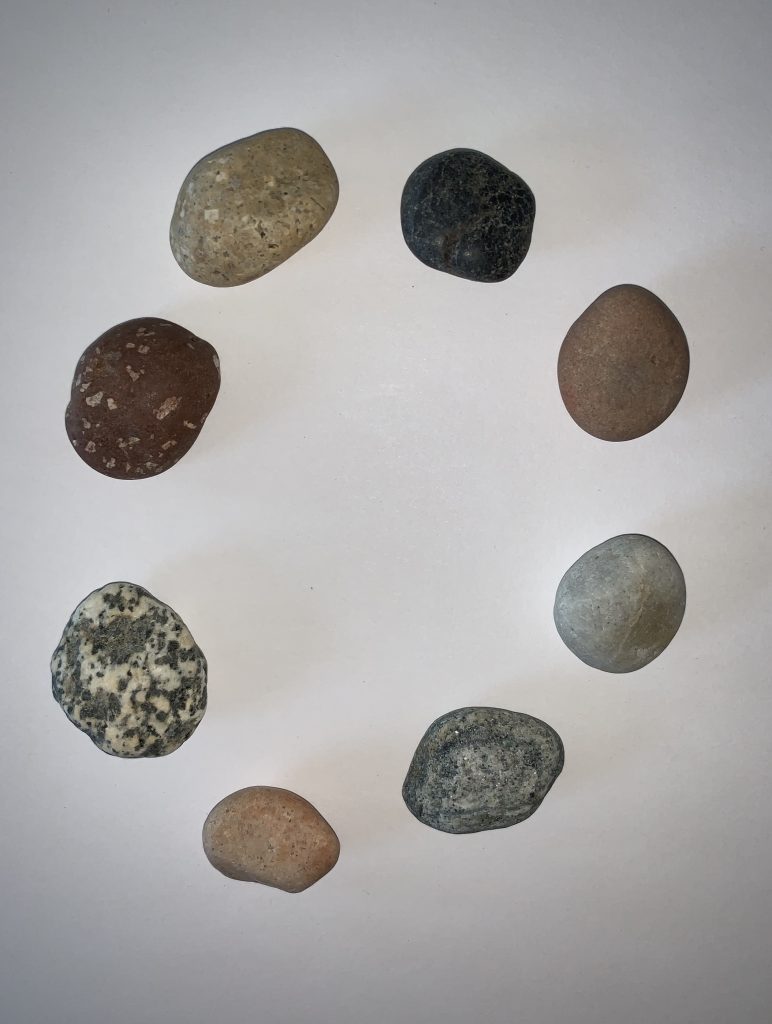
Some Questions can bring completion and wholeness
NOTE: As an Amazon Affiliate I receive a small amount for purchases made through the appropriate link. Thank you for supporting Godspace in this way.
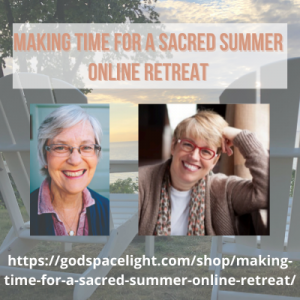 Enjoy A Sacred Summer
Enjoy A Sacred Summer
Summer is here! Let Christine Sine and Lilly Lewin guide you through the symbols of summer into sacred refreshment. Enjoy 180 days of access to retreat at your own pace. All the details can be found in our shop!
Another beautiful Taize style contemplative service from St Andrews Episcopal church. Enjoy
A contemplative service with music in the spirit of Taize.
Carrie Grace Littauer, prayer leader, with music by Kester Limner and Andy Myers.
Permission to podcast/stream the music in this service obtained from One License with license #A-710-756.
photos and writing by June Friesen, scripture from The Message translation
Friendship – what is friendship? Friendship is having a mutual caring, active relationship with another that is built upon trust. The photo above is one of my best friends. Over my lifetime I have made and developed many friends, some of whom are still close to me while others are separated by distance and consequently they are not as close as we once may have been. My friends just happen to be spread over a few countries, not just states.
Why is friendship important? The human race is created to thrive in relationship. It was that way from the beginning as in Genesis 2 God realized after He created Adam that it was not good for Adam to be alone. So He created another human, a little bit different and called her woman and introduced her to Adam as his helper. Friendship as we observe it in the Scriptures as well as in the world today definitely is something that is needed. It is helpful to each and every one of us. The truth is that we often take our friends for granted and spend little time nurturing and/or appreciating the full impact of the relationship. When I was researching online, I found this statement:
“Friendship Day is celebrated to remind friends how valuable they are and to express their affection, support, and other sentiments. This day is usually celebrated so that we and our friends can make this day special.” – BetterHelp.com
It is a time when we can appreciate our friends with a note, a phone call, a text and for some there may be a gift exchanged.
First, I want to share a brief history of this day from my research online. It started in South America somewhere around 1919 as sort of combination celebration of Valentines’, Mother’s, and Father’s Days all rolled into one. Over the past decade it has spread worldwide and the particular catalyst has been the Latin American countries. In 2011 the United Nations declared it to be an international celebration on July 30, 2011. Their goal was so that it would be an avenue to encourage friendships that would not have boundaries. Another goal was to facilitate a means to a more wholesome relationship between people groups as well as nations and countries. Hopefully this day will remind many of us of the value of having each other in our lives, as it is indeed a lonely life when one has no one to share with, care about and call a friend.
In the book of Proverbs, the writer talks about how valuable a wise, reliable friend is for someone.
11-12 The right word at the right time is like a custom-made piece of jewelry, And a wise friend’s timely reprimand is like a gold ring slipped on your finger.
13 Reliable friends who do what they say are like cool drinks in sweltering heat—refreshing!
Did you catch the difference between the first phrase and the second? It said that the right word at the right time is like custom-made jewelry. Wow, that is not costume jewelry but ‘custom-made jewelry.’ When someone is deeply in love with another they may go and have a custom piece of jewelry made because they want it to be the perfect design for their special friend’s taste. We often think of this in regard to couples where the young man goes and has a ring custom-made for his girlfriend/fiancé. Second, it says it is like a gold ring being placed on another’s finger. This is referencing a reprimand I might rephrase to ‘a teaching moment.’ It is someone who we trust, who respects us and wants to help us improve our character so they gift us with helping us learn a better way to do and/or say something.
Now one may respond that they do not see too many friends exchanging expensive gifts but loyalty is a gift that goes even deeper than a material gift. It means that there is a relationship of caring and sharing between two or possibly more individuals where no one ever needs to worry about having someone who cares for them in their struggles. I really like the last phrase in this passage as it says that a ‘reliable friend is like a cool drink in hot weather.’ I know what hot weather is from experiencing outdoor temperatures up to 120 degrees Fahrenheit and cool water is so welcome, as well as so necessary for providing at least some degree of comfort. And yes, I would definitely agree, that a close friend is one who provides some sort of comfort even when one is in a place of complete brokenness and loss.
For those people who claim to be followers of a God who loves all peoples we should see this as an opportunity to show appreciation for the community of friends that we have around us. That may just be a thank you verbally, in a text, a phone call, a note, an email and for some a special token of some sort such as even a meal out together or a small gift, and/or a bouquet of flowers. In our world today of rushing around for one reason or another, being preoccupied with all of the things technology brings into our space, etc. we often forget to appreciate those who are an important and/or integral part of our life. My friend sometimes reminds me, ‘June we need to do something – we haven’t been together for a long time.’ I am thankful for a friend/friends like that who help work the friendship because friendships do not just happen, they are chosen, created and nurtured.
Paul also has some words for us in Philippians. Philippians 2:1-4
If you’ve gotten anything at all out of following Christ, if his love has made any difference in your life, if being in a community of the Spirit means anything to you, if you have a heart, if you care—then do me a favor: Agree with each other, love each other, be deep-spirited friends. Don’t push your way to the front; don’t sweet-talk your way to the top. Put yourself aside, and help others get ahead. Don’t be obsessed with getting your own advantage. Forget yourselves long enough to lend a helping hand.
There is a phrase in about the middle of these verses where Paul says: ‘Do me a favor.’ He prefaced this phrase with the challenge of the claim people make about how they are followers of God, particularly Christians. I challenge myself as I read these verses – how often do I forget to practice some of these things in my friendships? Let me share in a tribute what a real friendship looks like to me.
A FRIENDSHIP TRIBUTE
My friend:
How often have I taken the time to say ‘thank you’ –
Not enough I am sure – so today I want to tell you how important you are in my life.
Thank you for always being ready to share a hug with me –
No matter what the occasion or whether there is any occasion at all –
Thank you for the phone call, the text, the note –
Letting me know you thought of me and want to just say ‘Hi,’
Thank you for the times we have a good chat –
Remembering the good times and even the challenging times –
Thank you for reaching out when it has been silent from my side –
Letting me know that you miss the contact and reminding me we are still needed by each other –
Thank you for that unexpected little gift you bless me with ‘just because’,
They often are just the ‘pick me up’ I need at the moment,
And often I place it in a special place to remind me –
You are always mindful of our special friendship – and you care.
You, my friend, have been such a blessing to me –
You have taught me that I matter to you as well as to others and you remind me of that from time to time –
You have taught me that self-care is important and is not always self-centered and selfish as some may tell me it is –
You have taught me to ‘reach for the stars’ and never to limit the things I could be capable of doing –
You have given me wings to fly to places I never would have explored –
You have challenged me to ‘never give up’ until I have at least tried –
You have shown me the tools and encouraged me to use them
You have also been the one who when I failed at first who said,
“Why don’t you try it this way this time?” and then achievement was won.
Yes, my friend, I thank you for standing strong beside me,
Never giving up, never demeaning, never discouraging –
But when necessary taking my hand and helping me walk the journey
One more step, one more day, one more breath at a time.
Thank you, my friend, for being God’s unconditional love and encouragement here on this earth. Amen.
This tribute is dedicated to my husband, Ron, who has proved to be a true friend for over 54 years.
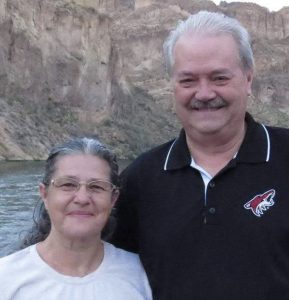
Enjoy this FREE download – a compilation of all the beautiful art, poetry, stories and more that made up our Artful Julybilee. Explore what it means to live as Christ lived through the lens of art. All in one beautiful booklet – visit our shop for more info!
One thing following the lectionary does for a teacher, preacher, and the individual is to force us to look at passages that we might not like, or ones that make us feel uncomfortable. This week’s lectionary gospel passage is one of those, Luke 12: 13-21. In this passage, Jesus talks to us about our stuff! About our tendency to want to hold on to stuff tightly and or store it up in bigger barns rather than sharing or even being grateful for it!
I have a love /hate relationship with stuff. I’m known for my piles and my bins filled with art supplies and worship gear. Currently my garage is filled with clutter that is just waiting for a week of cooler days and motivation for someone to help me organize it. After two years of not doing in person sacred space gigs, all the gear has just been stuck in storage with random stuff thrown in on top of it all! I come from a long line of hoarders of various degrees, and I definitely get panicky when Marie Conde takes EVERYTHING out of the closet all at once! How will it ever get finished before someone interrupts?
I’ve needed the help of the FlyLady to bring any kind of order to my stuff and give me a framework for household cleaning.
Jesus wants us to look at our relationship with stuff…things, money, and even emotional stuff that we tend to store up.
READ THE GOSPEL …What do you notice?
Someone in the crowd said to him, “Teacher, tell my brother to divide the inheritance with me.”
Jesus replied, “Man, who appointed me a judge or an arbiter between you?” 15 Then he said to them, “Watch out! Be on your guard against all kinds of greed; life does not consist in an abundance of possessions.”
And he told them this parable: “The ground of a certain rich man yielded an abundant harvest. 17 He thought to himself, ‘What shall I do? I have no place to store my crops.’
“Then he said, ‘This is what I’ll do. I will tear down my barns and build bigger ones, and there I will store my surplus grain. And I’ll say to myself, “You have plenty of grain laid up for many years. Take life easy; eat, drink and be merry.”’
“But God said to him, ‘You fool! This very night your life will be demanded from you. Then who will get what you have prepared for yourself?’
“This is how it will be with whoever stores up things for themselves but is not rich toward God.”Luke 12: 13-21 NIV
NOW READ it in THE MESSAGE version
Someone out of the crowd said, “Teacher, order my brother to give me a fair share of the family inheritance.”
He replied, “Mister, what makes you think it’s any of my business to be a judge or mediator for you?”
Speaking to the people, he went on, “Take care! Protect yourself against the least bit of greed. Life is not defined by what you have, even when you have a lot.”
Then he told them this story: “The farm of a certain rich man produced a terrific crop. He talked to himself: ‘What can I do? My barn isn’t big enough for this harvest.’ Then he said, ‘Here’s what I’ll do: I’ll tear down my barns and build bigger ones. Then I’ll gather in all my grain and goods, and I’ll say to myself, Self, you’ve done well! You’ve got it made and can now retire. Take it easy and have the time of your life!’
“Just then God showed up and said, ‘Fool! Tonight you die. And your barnful of goods—who gets it?’
“That’s what happens when you fill your barn with Self and not with God.” Luke 12: 13-21 THE MESSAGE
Imagine the Scene in Luke…where are you ? What do you notice? Imagine the responses of the people listening to Jesus.
What bothers you about this passage? What does the Holy Spirit want to say to you through it?
Jesus doesn’t answer the man’s question…why not? What does Jesus know about this guy? What does Jesus do instead?
When you think of GREED what do you picture? Do you imagine a person or a tv show or something in culture? We definitely don’t like to think of ourselves as greedy people. Yet we can be just like the farmer in the story.
What would the opposite of GREED be for you?
What are you storing up for yourself these days? Fear, anger, joy, peace, resentment, bitterness, hope, love? What else?
What do you want to store up in your relationship with Jesus? Talk to Jesus about this.
What do you tend to hoard or hold on to that you might want to consider letting go of or holding more loosely? Talk to Jesus about this.

RICH MAN Rembrandt
READ: “God gave us Abundance why do People Go Hungry”
LISTEN :
Father Richard Rohr can say more in seven minutes that some folks can say in 7 hours! Listen to his sermon on this passage.
Eric Bibb is my favorite bluesman! He has a great song about ” Too Much Stuff”
PRACTICE:
● 5-minute Gratitude Practice: Being grateful and generous are the opposite of being greedy and letting stuff get in the way! Each day this week, write down three things for which you are grateful. Nothing is off-limits. Something might seem trivial, like, “I’m grateful for spoons.” But if you really are grateful for spoons, then you are grateful for spoons. It might be someone in your life: “I am grateful for my children.” It might be something that happened that day: “I am grateful for being able to stop before getting in an accident.” It might be something beautiful you saw. Remember, nothing is off-limits. Each day…write those down. Don’t just think about them. Write them. Each day, look back at the days before. By the end of the week, you are looking back at seven days worth of gratitude.
I’ve often wondered what it would be like to have lots and lots of money, like if I won the lottery….How generous would I be? Would I be afraid of losing it all or would I be looking for ways to bless other people? I love to share what I have now, and I hope that if I had more, I would give more! I started a practice of praying for folks who have ABUNDANCE!
Take time to pray for the top 10 richest people in our world…What would happen if they didn’t store up all their wealth? Pray that they see how to give more to solve problems like homelessness and world hunger.
FIND A CONTAINER with a LID HOLD ON TO IT and Consider the things you have been holding on to too tightly, the things you’ve been storing up that you need to let go of….greed, anger, despair, bitterness, comparison, hate, fear, stuff….. Give this to Jesus. Ask him to help you!
Now OPEN THE CONTAINER Consider the things that you’d like to store up in yourself and in your relationship with Jesus….HOPE, LOVE, COMPASSION…What else? Talk to Jesus about this! Use this container as visual reminder this week to store up the things that matter, not things that you cannot take with you. You might even add notes or images to the container as reminders….
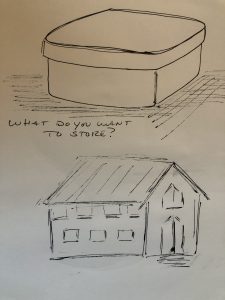
What do you want to store?
“Don’t store up treasures here on earth, where moths eat them and rust destroys them, and where thieves break in and steal. Store your treasures in heaven, where moths and rust cannot destroy, and thieves do not break in and steal. Wherever your treasure is, there the desires of your heart will also be.
Matthew 6: 19-20
©lillylewin and freerangeworship.com
 FB Live!
FB Live!
Join Christine Sine and Tom Sine for a lively discussion on Hospitality as the doorway to the kingdom – Wednesday August 3rd at 9 am PT. Happening live in the Godspace Light Community Group on Facebook – but if you can’t catch the live discussion, you can catch up later on YouTube!
Editors Note: Each Thursday in July we have had an Artful Julybilee – a celebration of art through the exploration of our current theme. We hope you’ve enjoyed the many talented authors and artists who have shared their timely reflections. Come explore the facets of what it means to be Living as Christ Lived: Towards Justice, Love, and Peace for All Creation through the lens of art. You can find Part One Here: Towards Peace For All Creation. Part Two: Towards Love for All Creation. Part Three: Towards Justice for All Creation. And enjoy the WHOLE COLLECTION along with some unpublished extras in this FREE downloadable booklet, available in our shop!
Featured image: ‘rise-fall’, A painting by Kate Kennington Steer
The Center of Shalom
by Gil George
The Freedom of Creative Episodes
words and paintings by Kate Kennington Steer Editor’s Note: To read more of Kate’s Story follow along at image into ikon
In 1990 I was diagnosed with a severe chronic illness called M.E. and I became one of those represented by the #millionsmissing campaign (launched by #MEAction). Yet since I was first ill I had this mysterious set of symptoms that rendered me ‘paralysed’ and often unable to communicate, which medics could not agree on whether it fitted the M.E. profile. In the last few years, I have been given an additional diagnosis of having FND (functional neurological disorders). In reaction to the COVID-19 vaccines my seizures suddenly got markedly more severe and more frequent. Eventually, after missing yet another family get-together, last September my inner ‘sod-it’ sense kicked in, and I begun to wonder how I might create my way out of, or at least through, these seizures. By Serendipity, I found the Artset4 app for my iPad. Since then, I’ve been trying to ‘digital-1-finger-paint’ (usually the crabbed, cramped index finger of my right hand) to paint my way through the wracking pain of each seizure (also known as an ‘episode’, hence the title of my first solo exhibition) … and by dint of concentrating on something else through distraction & mindfulness, managing to persuade my neurons to jump tracks and allow my body to cease shaking, cramping, seizing, etc etc. I firmly believe each painting now heals, as well as slows, the course of each seizure. By Grace, each painful arcing of my body might be translated into marks on digital canvas.

For a longer description of ‘K’s big bday gratitude project’, please follow this link: https://imageintoikon.com/2022/04/30/ks-big-birthday-gratitude-project/
For a 1 1/2 minute video of ‘what does healing look like to you?’ please follow this link:
For a longer blog about my M.E./FND & using an iPad to paint please follow this link:
https://imageintoikon.com/2022/06/02/ks-big-birthday-gratitude-3/
If you are interested in how the paintings emerge during the course of a seizure please follow this link:

[Please, carers as well as sufferers are gaining a bit of respite from ‘digital-1-finger-painting’ so do get in touch with me for more information.]
Warm Weight of Love
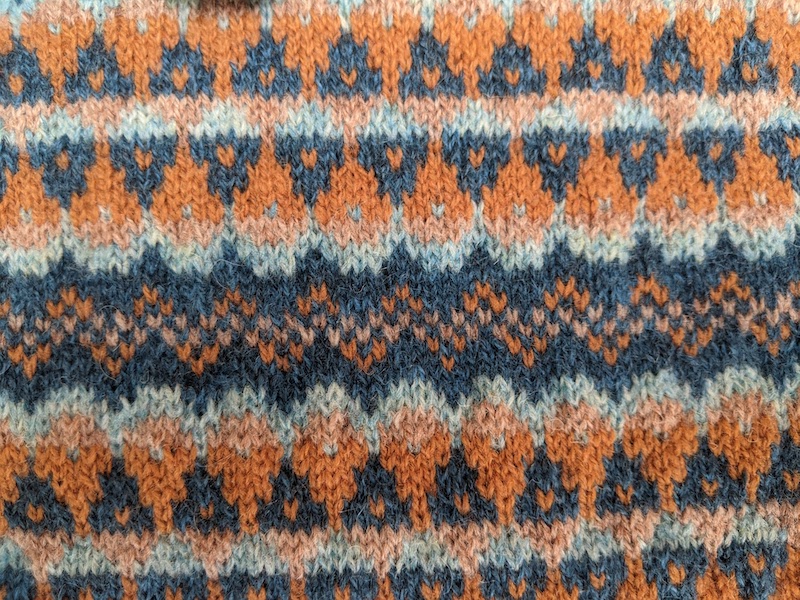
Creative Prayer for Creation Care
by Lynne Baab, painting by Dave Baab “Kubota Gardens”. Reflection originally posted on Lynne’s website.
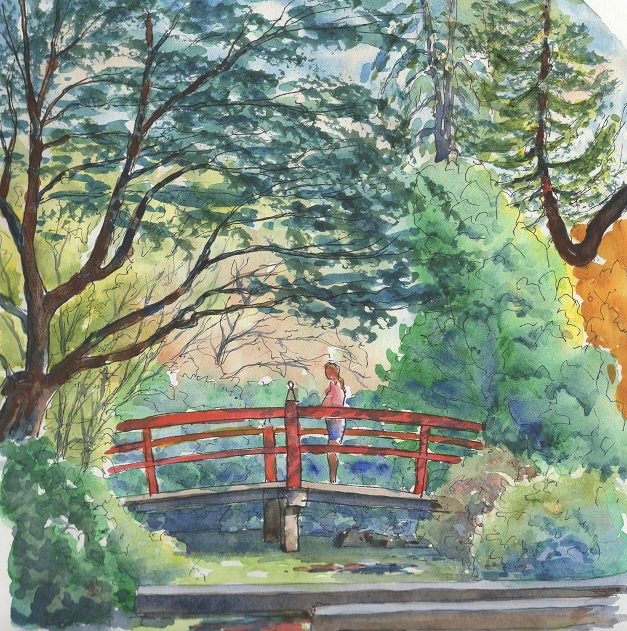 What’s your favorite place in nature? A beach, the mountains, a lake, a meadow? What’s your favorite aspect of nature? Flowers, reflective water, a specific kind of animal, a tree?
What’s your favorite place in nature? A beach, the mountains, a lake, a meadow? What’s your favorite aspect of nature? Flowers, reflective water, a specific kind of animal, a tree?
I’ve been doing a lot of thinking about how we can pray more deeply for God’s creation and how we can feel like we are walking with Jesus when we care for creation. I’ll give you some ideas here, and you can see more of them in the Lenten devotional I co-wrote for our church this year.
Gratitude and praise. Thankfulness prayers are deeply appropriate – and even foundational – when we pray about God’s creation. We don’t have to look very far to find things to praise and thank God for when we look at the beauty of flowers, trees, hills, mountains, lakes, oceans, clouds, and thousands of other manifestations of God’s creativity and beauty.
Lament. We also don’t have to look very far in God’s creation to feel upset about damage to the beauty of the world God created so intricately and carefully. Lament prayers express sadness, grief, anger and frustration. We tell God what we’re upset about. Lament prayers are appropriate in so many areas when we see or think about environmental degradation and the effect on people on the margins.
Confession and assurance of pardon. If you’re like me, and you feel guilt about not engaging in creation care as much as you’d like to, or as much as you’ve felt led to, God invites you to bring those thoughts and feelings into a prayer of confession. God always forgives us and gives us a fresh start.
Intercession. Prayers of intercession for creation are appropriate in so many areas. So many people are involved in aspects of caring for God’s creation. So many people create policy that impacts the earth. Where can we start in our prayers?
I’d suggest picking something you love in nature, and think about all the scientists who do research in that area, all the people who are involved in taking care of that part of God’s creation, all the policy makers who make decisions that have an impact on that part of nature, and all the ordinary people whose decisions have an effect on that part of nature you love. Pray for those people and for God’s continued sustenance and care of the beautiful earth, for their work for justice and peace for all of God’s people and creatures.
To deepen prayers for creation care, I suggest reading Psalm 103 and 104, and then praying the words to both psalms. They can be read as a pair, each reflecting one of God’s major roles in human history.
Psalm 103 focuses on God the Redeemer, and if you confess your sins about anything, including not caring for creation as well as you should, you’ll find joy and assurance from God in the words of Psalm 103. If you read it, notice how many nature analogies are used to make the points in the psalm.
Psalm 104 focuses on the way that God sustains the plants and animals. And humans! I find it delightful.
The Bible ends with a picture of the healing power of nature.
“Then the angel showed me the river of the water of life, bright as crystal, flowing from the throne of God and of the Lamb through the middle of the street of the city. On either side of the river is the tree of life with its twelve kinds of fruit, producing its fruit each month; and the leaves of the tree are for the healing of the nations” (Revelation 22:1-2). Creator God, we rejoice in the beauty of all that you have made. Teach us to praise you alongside your creation, and help us learn to pray for justice and peace for your people and all of your creation. Thank you for the many ways your creation brings healing to the nations. Bring more healing, we pray. Amen.
 Looking for hospitality inspiration? We have an entire resource page dedicated to hospitality. Find recipes and reflections on numerous hospitality topics, including Celtic hospitality, prayers, and liturgies. Click on Hospitality for more!
Looking for hospitality inspiration? We have an entire resource page dedicated to hospitality. Find recipes and reflections on numerous hospitality topics, including Celtic hospitality, prayers, and liturgies. Click on Hospitality for more!
by Laurie Klein
The Weights of the Balance
Dear Readers, if you’ve read Part One (thank you), you’ll know I often hold a valued object to better focus contemplative moments, an idea suggested by Christine Sine.
You might call this a hand dance. I find the slow, thumb-stroking action generates inner receptivity. In our violent age I need help sometimes to calm my reactions, test my motives, and identify my emotions—especially those raised by injustice.
I’ve taken to cradling a small stone bird. The three-inch dove, expressively etched, snugs along my arthritic joints in multiple ways. Pleasantly heavy in my hand, its mottled color resembles patinated copper.
Usually, I trace the curves with my non-dominant hand, but either one works. The motion activates pressure points, which stimulate nerve endings to relay soothing memos to my brain. Hello, endorphins.
In our fearfully and wonderfully made bodies, rhythm reliably soothes the raveled edge.
Using the non-dominant hand not only exercises the brain but builds new connections between the two hemispheres. Meanwhile, my more agile hand turns Bible pages and writes in my journal. I move the stone bird with my fingers trusting that God’s Spirit, in turn, moves through me.
I hold it gently, even as I am held.
Experts claim using my weaker hand may improve my willpower and self-control. I can anticipate enhanced creativity, intuition, imagination—even the ability to feel.
Mostly? I feel evened out, an inner balance restored.
In Old Testament times God required consistent “weights of the balance,” or avanim (Deut. 25:13-16; Leviticus 19:35-36).
A just balance and scales belong to the LORD;
All the weights of the bag are His concern. —Prov. 16:11
The avanim determined amounts, weights, and values in ancient societies. That accuracy guaranteed accountability and integrity in the exchange of goods. Made of stone, bronze, or lead, the earliest measuring weights of Babylonia and Assyria took the form of birds and other animals.
I enfold my little stone bird and read “[A] just weight is the Lord’s delight” (Prov. 11:1). The word also says that God finds a fraudulent weight detestable.
And there’s the rub—because I reconfigure the measure of things when I’m upset. Reading sensationalized headlines and bylined exposés on politicians and issues upends my equilibrium.
I weigh the arguments. But I am ever-tempted to judge those I dislike or fear by a different standard.
Which claims are falsely weighted? Where are the balanced accounts I can trust? My increasing dismay wants to wail, “Justice, where are you?”
ALL the weights of the bag are His concern.
Cradling the stone bird in my weaker hand reminds me God sees all, measures all—including yours truly. I picture the individual or nation as well as my own judgmental self in God’s hands. It’s a very small action, but if I want to address injustice in the world, this is where I must start: with myself.
On a hot day marked by runaway feelings (or temperatures), I might dip the stone in cold water. Other days I add a dab of calming rosemary or lavender oil.
The little stone bird rests on the life line etched across my palm. I am erratic, awkward, and weak as the hand that holds it. But I want to embody a just, loving, measured response to other people.
Speaking about difficult people and situations, Anselm, 11th-century archbishop of Canterbury, once prayed: “Measure not to them your goodness by the dullness of our devotion; but as your kindness surpasses all human affection, so let your hearing transcend our prayer.”
In all things, Lord, keep me honest. Balanced. Prayerful.
**
For so long many of us have neglected the sense of touch during worship. To override tension and simultaneously direct our intention, we could interact with textures that nudge our sensibilities toward relaxation. We might choose stress balls, rounded objects of glass, metal, or ceramic, fresh fruit, even soothing fabrics. When accompanied by prayer, they can help sustain openness and focused hope.
If you missed part one, you can find it here: What We Hold – Part One
 Did you know that alongside Christine Sine’s book The Gift of Wonder, we have many resources available to you? The free downloadable bonus packet or beautiful prayer cards featuring prayers from the book, for example – something to hold and behold! Or perhaps you’d like to journey through the book alongside a retreat – we have that too! You can check it all out in our shop!
Did you know that alongside Christine Sine’s book The Gift of Wonder, we have many resources available to you? The free downloadable bonus packet or beautiful prayer cards featuring prayers from the book, for example – something to hold and behold! Or perhaps you’d like to journey through the book alongside a retreat – we have that too! You can check it all out in our shop!
As an Amazon Associate, I receive a small amount for purchases made through appropriate links.
Thank you for supporting Godspace in this way.
When referencing or quoting Godspace Light, please be sure to include the Author (Christine Sine unless otherwise noted), the Title of the article or resource, the Source link where appropriate, and ©Godspacelight.com. Thank you!

